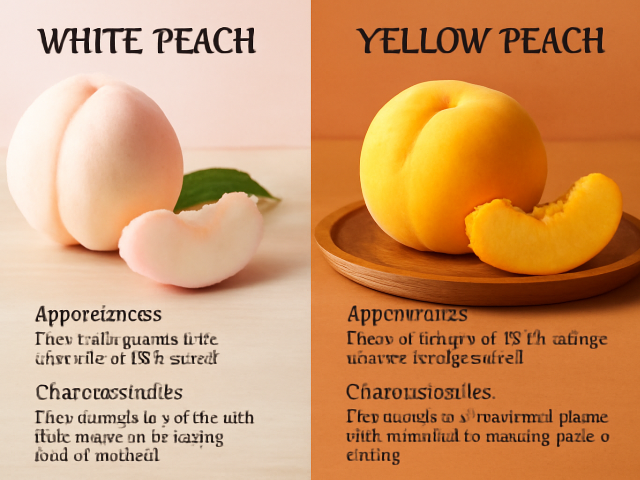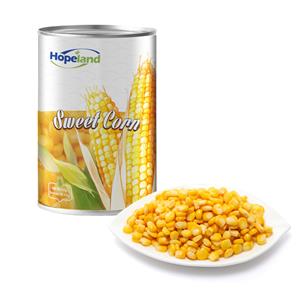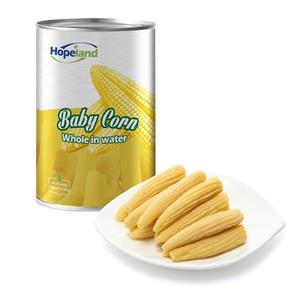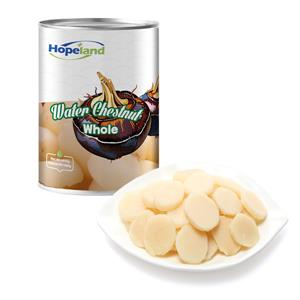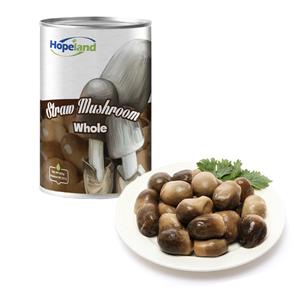Is There A Real Difference Between White And Yellow Peaches?
When summer rolls around, the luscious scent of fresh peaches fills markets and kitchens alike. But have you ever paused at the fruit stand and wondered whether to pick the pale, blushing white peaches or the vibrant, sunny yellow ones? Many people assume all peaches are more or less the same, but there are distinct differences between white and yellow peaches — from their flavor profiles to their culinary uses.
In this article, we’ll dive into the subtle and not-so-subtle distinctions between these two types of peaches. By the end, you’ll know which variety might be best for baking, snacking, or canning — and maybe even discover a new favorite.
The Origins of White and Yellow Peaches
Peaches originated in China thousands of years ago and have since spread worldwide, with countless cultivars bred for different climates, tastes, and textures. Both white and yellow peaches belong to the same species (Prunus persica), but their differences arise from natural genetic variations and selective breeding.
In China and many Asian countries, white peaches have long been favored for their sweeter, less acidic flavor, while in Western countries like the United States, yellow peaches historically dominated orchards and kitchens because of their tartness, which held up well in cooking and canning.
Modern consumers now have access to both varieties nearly everywhere, thanks to global cultivation and shipping. But are they really interchangeable?
Appearance: How to Spot the Difference
At first glance, the most obvious difference between white and yellow peaches is their flesh color:
White peaches have pale cream or pinkish-white flesh and a skin that’s often lighter with a pink blush.
Yellow peaches sport a golden-yellow interior and a deeper red-orange skin tone.
These color differences stem from varying levels of carotenoids (pigments also found in carrots and other yellow-orange fruits).
Another subtle difference lies in their texture. White peaches are generally softer and bruise more easily than yellow peaches, which tend to be firmer and slightly fuzzier. If you’re selecting fruit at a store or farmer’s market, handle white peaches carefully—they can be delicate.
Flavor Profiles: Sweetness vs. Tanginess
The key distinction between white and yellow peaches comes down to taste.
White Peaches
White peaches are prized for their low acidity and high sugar content, which gives them a mild, honey-like sweetness. Biting into a ripe white peach feels like tasting dessert straight from nature. This lack of tang means they’re often preferred for fresh eating—perfect in salads, smoothies, or just as they are.
Yellow Peaches
Yellow peaches, on the other hand, balance their natural sugars with higher acidity, producing a classic sweet-and-tart flavor. The slight tang makes them ideal for baking and cooking, as the acidity helps the peachy flavor stand out even after heat exposure. That’s why yellow peaches are traditionally used in pies, cobblers, and jams.
If you’re not sure which one you’re holding, a quick taste test will tell you: white peaches are soft and sugary, while yellow peaches pack a zesty punch.
Nutritional Comparison: Are White Peaches Healthier?
Nutritionally, both white and yellow peaches are quite similar. A medium peach of either type (about 150 grams) contains:
Calories: ~60
Carbohydrates: ~15g
Sugar: ~13g (white peaches may have slightly higher sugar content)
Fiber: ~2g
Vitamin C: ~10% of the daily value
Vitamin A: Yellow peaches have slightly more because of their carotenoids
Potassium, antioxidants, and polyphenols
Yellow peaches get their vibrant color from beta-carotene, which the body converts to vitamin A for eye and skin health. White peaches, while lower in carotenoids, often contain higher levels of anthocyanins (a type of antioxidant).
So which is healthier? The answer depends on what you’re looking for—yellow peaches have a slight edge in vitamin A, but both varieties offer excellent hydration, fiber, and antioxidants with minimal calories.
Culinary Uses: Can You Swap Them?
White Peaches in the Kitchen
Because of their delicate flavor and texture, white peaches shine when eaten raw. They are excellent in:
Fresh fruit salads
Yogurt parfaits
Smoothies or chilled peach soups
Light desserts where subtle sweetness is desired
They’re also fantastic in salsas, paired with seafood or chicken for a sweet, floral touch.
However, white peaches don’t always hold up as well under high heat due to their lower acidity and softer flesh.
Yellow Peaches in the Kitchen
Yellow peaches are the workhorse of the kitchen. Their acidity keeps flavors bright and balanced when:
Baking into pies, cobblers, and crisps
Making jams and preserves
Grilling for a smoky-sweet side dish
Roasting with meats or vegetables
Their firmer texture also makes them ideal for canning, as they retain their shape and vibrant color.
Fresh vs. Canned: Does It Matter?
Both white and yellow peaches are available fresh during summer and canned year-round. But which variety ends up in your can?
Traditionally, yellow peaches dominate the canned fruit industry because they hold their shape and color better. Their tangy flavor also withstands the canning process without becoming too syrupy sweet.
However, canned white peaches are gaining popularity in some markets for consumers seeking a sweeter option without added sugar. When using canned peaches, remember:
Opt for fruit packed in juice rather than heavy syrup to avoid extra sugar.
Yellow canned peaches are better for baking.
White canned peaches work well in no-bake desserts and salads.
Seasonality and Availability
In the Northern Hemisphere, peach season runs from late spring to early autumn, with peak harvests in July and August.
White peaches tend to ripen slightly earlier in the season, while yellow peaches dominate later months. That said, both types are now cultivated globally—in countries like China, the U.S., Italy, and Chile—so imported peaches extend their availability year-round.
If buying locally, check with farmers to know which cultivars grow best in your region.
Which Should You Choose?
When deciding between white and yellow peaches, consider:
Taste preference: Sweet (white) or sweet-tart (yellow)?
Intended use: Snacking vs. cooking/baking.
Ripeness: White peaches bruise easily, so inspect carefully.
For a fruit platter or smoothie, white peaches may be your best bet. For a bubbling peach cobbler, stick with yellow.
But why not enjoy both? Each variety brings unique qualities to your table.
Fun Facts About White and Yellow Peaches
In China, white peaches symbolize immortality and longevity and often appear in art and folklore.
Yellow peaches are the stars of the classic Georgia peach reputation in the U.S.
There are also “doughnut” or flat peaches, which can be either white or yellow.
Over 2,000 peach varieties exist worldwide, many of which are hybrids blending traits of both.
Conclusion: Two Peaches, One Love
White and yellow peaches may differ in appearance, flavor, and ideal culinary uses, but both are delicious ways to celebrate summer’s bounty. Whether you prefer the floral sweetness of a white peach or the bold tang of a yellow peach, there’s no wrong choice—just different experiences to savor.
Next time you’re at the market, grab a few of each and conduct your own taste test. You might find that your favorite depends on the day, the recipe, or even your mood.
Because at the end of the day, there’s one thing white and yellow peaches share: they’re both irresistible.

